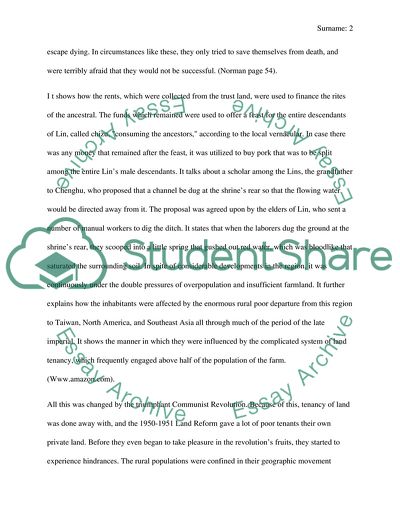Analysis of China's Urban Villagers: Life in a Beijing Commune Book Report/Review - 2. Retrieved from https://studentshare.org/anthropology/1789317-book-report
Analysis of China'S Urban Villagers: Life in a Beijing Commune Book Report/Review - 2. https://studentshare.org/anthropology/1789317-book-report.


